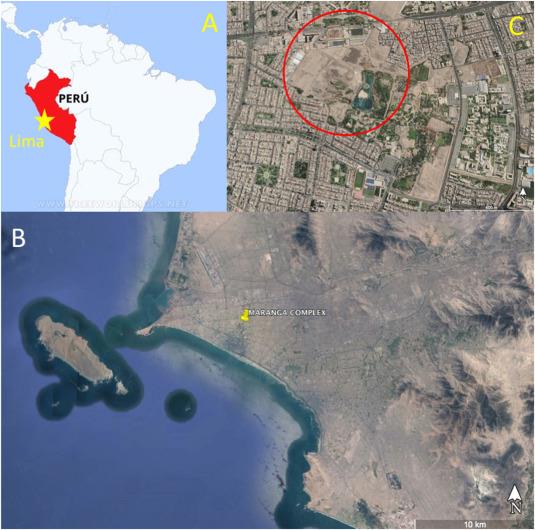Testing the accuracy of OSL and pIR IRSL dating of young geoarchaeological sediments in coastal Peru |
| |
| Affiliation: | 1. Grupo Interdisciplinar de Patrimonio Cultural y Geológico, Instituto Universitario de Geología “Isidro Parga Pondal”, Universidad de A Coruña, ESCI, Campus de Elviña, 15071, A Coruña, Spain;2. Grupo de Investigación en Geología Sedimentaria. Especialidad de Ingeniería Geológica, Departamento de Ingeniería, Pontificia Universidad Católica del Perú, San Miguel, Lima, Peru;3. Sección de Arqueología, Departamento de Humanidades, Pontificia Universidad Católica del Perú, Av. Universitario, 1801, San Miguel, Lima, Peru |
| |
| Abstract: | 
Luminescence dating of late Quaternary sediments in Peru is challenging, especially on the Peruvian coast. Earlier studies have shown that quartz grains often exhibit a thermally unstable, medium signal that caused the underestimation of Optically Stimulated Luminescence (OSL) ages. InfraRed Stimulated Luminescence (IRSL) dating has shown to produce more reliable ages, depending, amongst other factors, on the age model (Central or Minimum Age Model), and the IRSL signal. IRSL dating of geoarchaeological sediments has, however, hardly been carried out, let along validated, against an independent age dataset. This dating approach is, nonetheless, the only promising way to date the geological substrate in which many of Peru's archaeological sites are buried. Peru contains some of the oldest and most important archaeological heritage sites, yet not much is known of the environmental context in which many of its early civilizations prospered. A better understanding of which luminescence method works best could therefore help in a better understanding of the geological-stratigraphical context of many of Peru's sites.To investigate this matter more fully, we compared the luminescence dating results of seven sediment samples from the top layer of the Lima alluvial fan and from geoarchaeological layers of the Maranga Complex (San Miguel, Lima), with an independent dataset of sixteen 14C ages. Our results showed that the quartz OSL ages always underestimated the expected ages due to a signal dominated by medium and slow components, and that the post-IR IRSL225 (pIR IRSL225) and IRSL50 ages of K-feldspars, on basis of the Central Age Model (CAM), always overestimated the expected ages. The Minimum Age Model (MAM) on the other hand, correctly predicted the expected ages for the early Holocene, Lima alluvial fan sediments using the pIR IRSL225 signal of K-feldspars, and the late Holocene, geoarchaeological ages using the IRSL50 signal. |
| |
| Keywords: | Rimac valley Human occupation Fluvial sediments pIR IRSL dating |
| 本文献已被 ScienceDirect 等数据库收录! |
|

